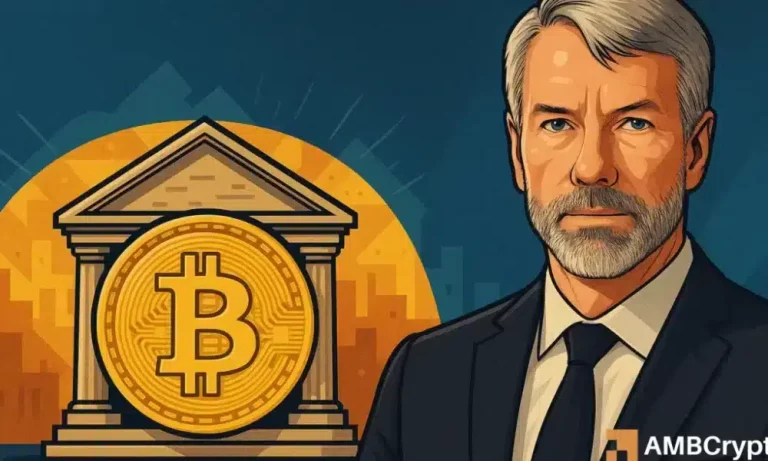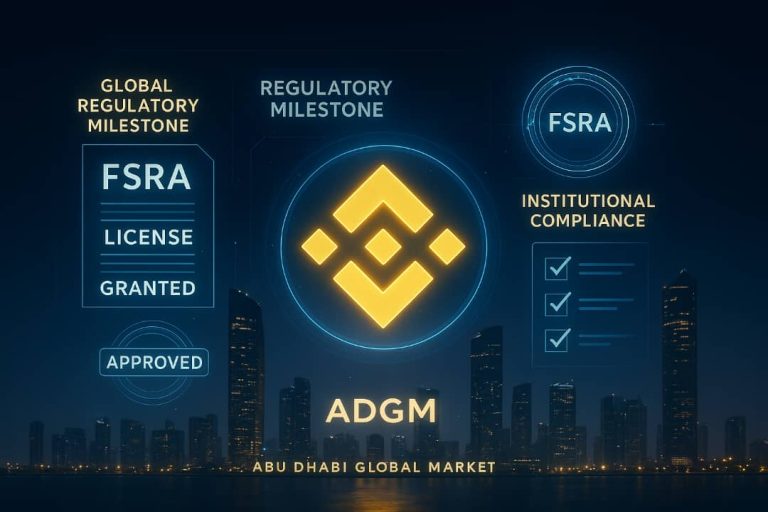
The Evolution of E-commerce by 2025: Trends and Insights
The Evolution of E-commerce by 2025 has become a crucial aspect of the retail industry, and its impact is expected to continue growing in the coming years. As we approach 2025, it’s essential to understand the current trends and future insights that will shape the e-commerce landscape.
Introduction to E-commerce

E-commerce, also known as electronic commerce, refers to the buying and selling of goods and services over the internet. The concept of e-commerce has been around for decades, but it wasn’t until the widespread adoption of the internet in the 1990s that it started to gain momentum.
Today, e-commerce is a multi-trillion-dollar industry, with millions of online stores and marketplaces operating globally. The rise of e-commerce has transformed the way people shop, and it has become an essential channel for businesses to reach their customers.
Current Trends in E-commerce

Several trends are currently shaping the e-commerce industry, including:
- Mobility: With the increasing use of smartphones and tablets, mobile commerce (m-commerce) has become a significant aspect of e-commerce. More and more people are using their mobile devices to shop online, and businesses are optimizing their websites and apps to provide a seamless mobile shopping experience.
- Social Media: Social media platforms have become essential channels for e-commerce businesses to reach their customers. Many social media platforms, such as Instagram and Facebook, have introduced features that allow businesses to tag products and enable customers to purchase from their feeds.
- Artificial Intelligence (AI): AI is being used in e-commerce to personalize customer experiences, improve customer service, and optimize business operations. Chatbots, for example, are being used to provide customer support and help customers with their queries.
- Sustainability: With the growing concern about climate change and environmental sustainability, e-commerce businesses are adopting sustainable practices, such as using eco-friendly packaging, reducing carbon emissions, and promoting sustainable products.
Future Insights: What to Expect by 2025

By 2025, the e-commerce industry is expected to undergo significant changes, driven by technological advancements, changing consumer behaviors, and evolving business models. Some of the future insights that will shape the e-commerce landscape include:
- Augmented Reality (AR) and Virtual Reality (VR): AR and VR technologies will become more prevalent in e-commerce, enabling customers to experience products in a more immersive and interactive way.
- Blockchain: Blockchain technology will be used to improve security, transparency, and efficiency in e-commerce transactions, particularly in the areas of payment processing and supply chain management.
- Personalization: E-commerce businesses will focus on providing personalized experiences for their customers, using data analytics and AI to offer tailored recommendations, promotions, and content.
- Omni-channel Retailing: The lines between online and offline shopping will continue to blur, with e-commerce businesses adopting omni-channel retailing strategies to provide a seamless shopping experience across all channels.
Conclusion

The evolution of e-commerce by 2025 will be shaped by technological advancements, changing consumer behaviors, and evolving business models. As the industry continues to grow and mature, it’s essential for businesses to stay ahead of the curve and adapt to the latest trends and insights. By doing so, they can provide a better shopping experience for their customers, improve their operations, and stay competitive in the market.
The Evolution of E-commerce by 2025 is an exciting and rapidly changing field, full of opportunities and challenges. As we look to the future, it’s clear that e-commerce will continue to play a vital role in shaping the retail industry and the way we shop.





